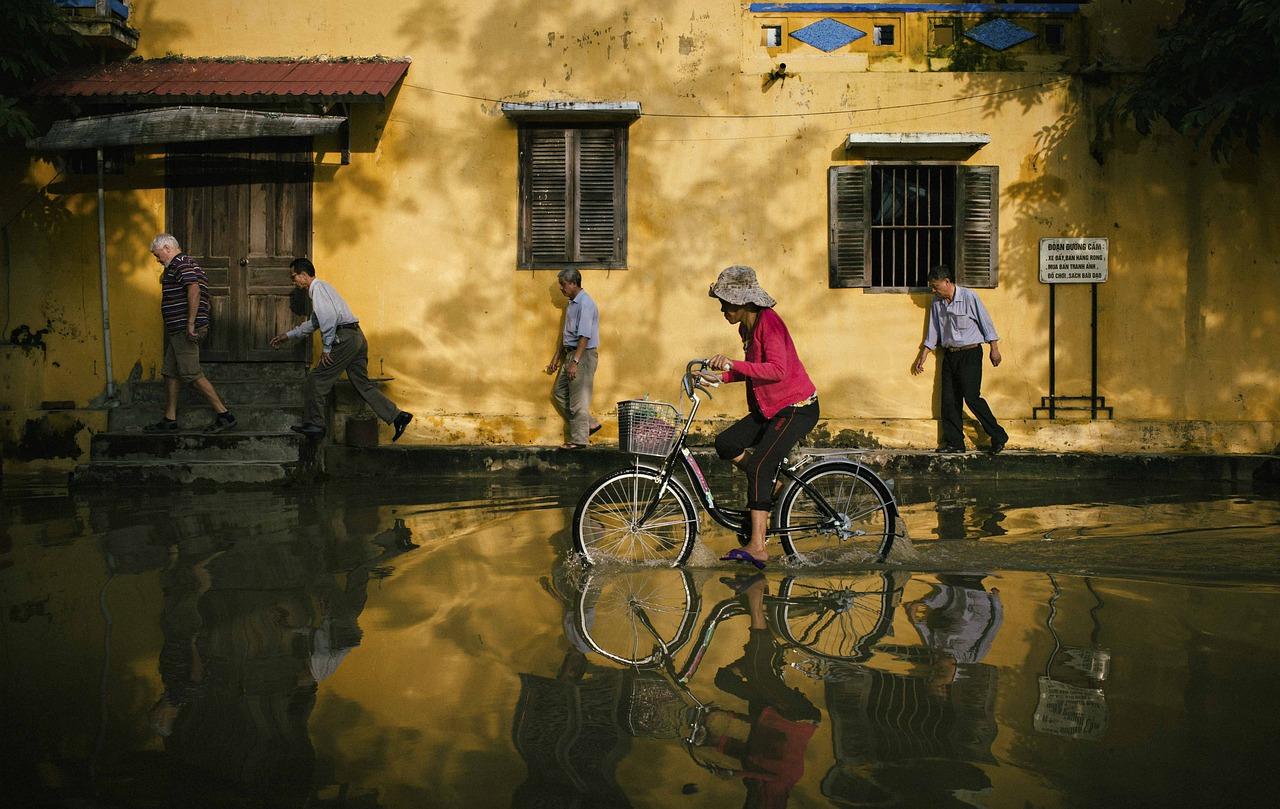How APAC is harnessing AI for natural disaster response

The Asia-Pacific (APAC) region is highly vulnerable to natural disasters such as typhoons, earthquakes, and floods. With climate change increasing the frequency and severity of these events, governments and organizations across APAC are turning to artificial intelligence (AI) to enhance preparedness, response, and recovery. Explore how it’s being deployed to mitigate the impact of natural disasters, highlighting real-world applications that demonstrate its transformative role in disaster management.
1. Enhancing disaster prediction and early warning systems
Timely and accurate predictions are crucial for effective disaster response, as every minute counts when trying to beat the weather. Traditional forecasting methods often struggle with accuracy, but AI is improving these by analyzing vast datasets and identifying patterns human experts might miss.
One notable example comes from Taiwan, where the Central Weather Administration has integrated AI-driven models to predict typhoon trajectories with greater accuracy. When tropical storm Bebinca approached in September 2024, the models analyzed historical weather data, satellite imagery, and atmospheric conditions to refine the forecast.
The improved prediction models were about 20 percent more accurate over a three-day window compared to conventional meteorological methods. This allowed authorities to issue timely warnings, evacuate vulnerable communities, and mobilize emergency resources efficiently. Taiwan’s success in using AI for typhoon prediction is now serving as a model for other countries in the region.
2. Improving emergency response and rescue operations
AI is also transforming emergency response efforts by enhancing situational awareness and optimizing rescue operations. Drones, remote-controlled vehicles, and AI-powered coordination systems are helping first responders operate more effectively in hazardous conditions. A prime example of this is the World Food Programme’s (WFP) use of AI and machine learning to improve disaster response efforts and rescue operations.
In Mozambique, after Cyclone Idai in 2019, drones were used for damage assessments, with AI-powered tools like the Digital Engine for Emergency Photo-analysis speeding up the assessment process from weeks to under an hour. Additionally, the WFP developed SKAI — an AI model that analyzes satellite images to assess building damage with 80 percent more accuracy than manual methods. These innovations help first responders act faster and more precisely in post-disaster scenarios, improving rescue operations on the ground.
3. Enhancing infrastructure resilience
Beyond immediate disaster response, AI is also being used to strengthen infrastructure resilience and minimize damage before disasters strike. Automation-powered monitoring systems analyze structural vulnerabilities to help governments and engineers take preventive measures to reduce the risk of catastrophic failures.
A compelling example comes from Sydney, where the Shoalhaven City Council is leveraging them to detect and repair road damage before it worsens. Using smartphones mounted on garbage trucks, AI scans roads for cracks, potholes, and wear and tear, generating real-time reports for maintenance crews.
In just three months, the system identified over 10,000 road issues, allowing authorities to conduct proactive repairs and prevent further deterioration. By incorporating AI into infrastructure management, Sydney is enhancing road safety and ensuring critical transport networks remain functional during emergencies.
4. Supporting climate action and disaster preparedness
By analyzing climate trends and predicting environmental risks, AI-powered models are helping communities adapt to the changing climate and mitigate disaster risks before they occur. Additionally, they use protective automated services to enhance data security, which is critical when managing large volumes of information in disaster scenarios.
The International Rescue Committee and its innovation lab Airbel are leading efforts to integrate AI into disaster preparedness and humanitarian aid. One of their key initiatives — the Signpost project — helps millions of displaced people globally access critical information by utilizing digital platforms.
The project’s innovative approach involves AI-powered service mapping so users get location-specific verified information, and AI-assisted community-driven content to ensure messages are tailored. Two-way communication facilitated by AI chatbots ensures queries are answered promptly, enhancing the speed and effectiveness of aid to those in need. The growing adoption of AI in humanitarian efforts demonstrates its potential to strengthen resilience and recovery in vulnerable communities.
The future of AI in disaster response
As natural disasters become more frequent and severe, AI is proving to be an indispensable tool in disaster management across APAC. From improving early warning systems to optimizing emergency response and rebuilding infrastructure, it’s enabling governments, emergency services, and humanitarian organizations to act more swiftly and effectively. Moreover, AI has the potential to revolutionize how communities recover and adapt to climate change, helping them build resilience over the long term.
However, successful deployment in disaster response requires ongoing investment, collaboration, and ethical considerations. While AI can offer helpful insights, it must be integrated with human expertise and localized knowledge to ensure responses are both efficient and equitable. Moving forward, continued innovation in AI technologies will be crucial in strengthening disaster preparedness and building more resilient communities across the APAC region, ensuring all areas — regardless of wealth or access — benefit equally.
#AIforDisasterResponse #ClimateResilience #EmergencyPreparedness #SmartInfrastructure #DisasterManagement
- Art
- Causes
- Crafts
- Dance
- Drinks
- Film
- Fitness
- Food
- Games
- Gardening
- Health
- Home
- Literature
- Music
- Networking
- Other
- Party
- Religion
- Shopping
- Sports
- Theater
- Wellness


